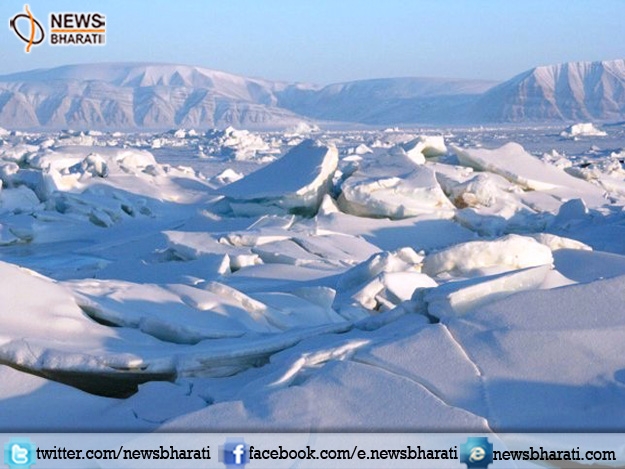Cryosphere plays a crucial character in Earth’s climate system: Dr Mahesh Sharma
New Delhi, January 6: Global warming, Climatic changes all are the indicators of an unbalanced ecological structure. The cryosphere, comprising snow, river and lake ice, sea ice, glaciers, ice shelves and ice sheets, and frozen ground, plays a major role in the Earth’s climate system through its impact on the surface energy budget, the water cycle, primary productivity, surface gas exchange and sea level and is a fundamental control on the physical, biological and social environment over a large part of the Earth’s surface.

MoS for Environment, Forest and Climate Change, Dr. Mahesh Sharma said in Lok Sabha, “According to the 5th Assessment Report of the Intergovernmental Panel on Climate Change (IPCC), Cryosphere is a natural integrator of climate variability and provides one of the most visible signatures of climate change has an impact on the water cycle of the Earth’s surface. Observations show that there has been a continued net loss of ice from the cryosphere, although there are significant differences in the rate of loss between cryospheric components and regions.
The Government has launched the National Action Plan on Climate Change (NAPCC) in June 2008 to achieve its goals and to deal with the issues related to climate change. NAPCC comprises eight missions in specific areas of solar energy, enhanced energy efficiency, sustainable habitat, water, sustaining Himalayan ecosystems, Green India, sustainable agriculture and strategic knowledge for climate change.
The National Mission for Sustaining the Himalayan Ecosystem (NMSHE) under NAPCC encompasses conservation measures for sustaining and safeguarding the Himalayan ecosystems through the establishment of monitoring network, promotion of community-based management, human resource development, and strengthening regional cooperation. Major initiatives include establishment of a Centre for Himalayan Glaciology at the Wadia Institute of Himalayan Geology, Dehradun”.